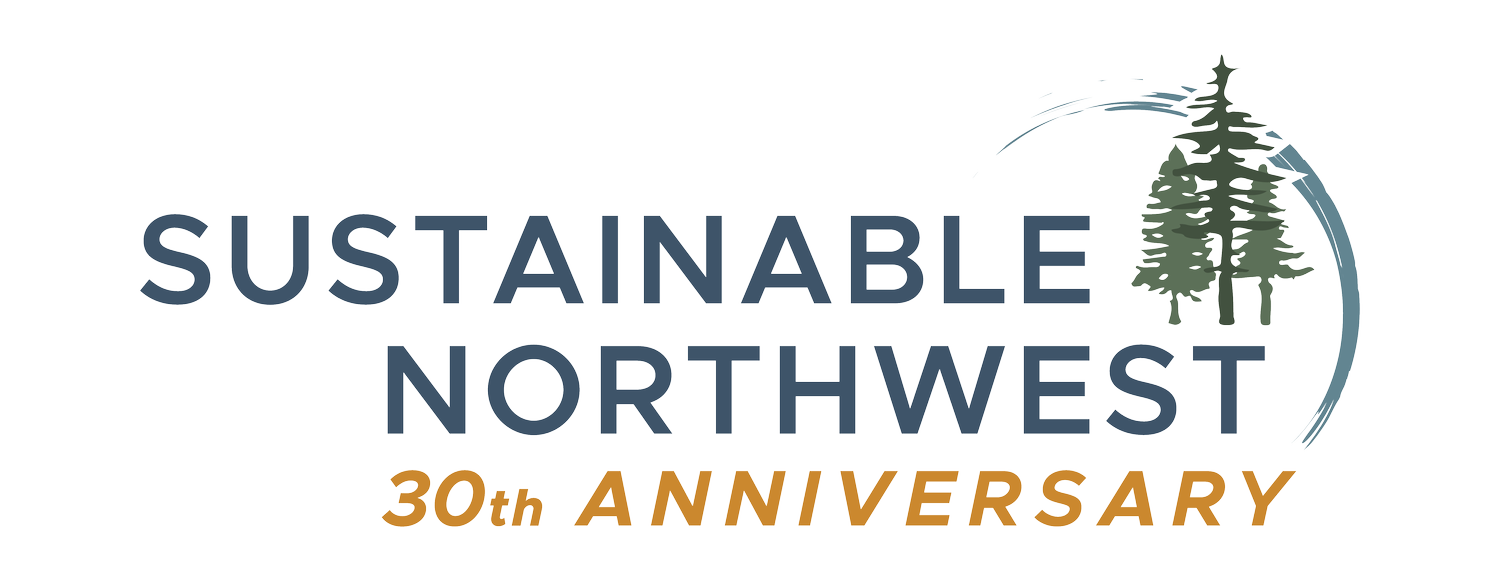Rural Clean Energy Leaders from Around the State Convened in Corvallis, Oregon
On November 2nd and 3rd, Sustainable Northwest, with support from Energy Trust of Oregon, Oregon Dept. of Energy, Wy’East RC&D, Wisewood Energy, and Oregon Clean Power Co-op, hosted the 8th annual Fall Energy Symposium in Benton County. The sold-out event featured an OSU clean energy tour, engaging panel discussions, networking with clean energy drivers from across the state, and much more.
The symposium kicked off Thursday, November 2nd with a half day of field tours. This year we explored the rich history, cutting-edge research, and clean energy innovations of Benton County, specifically highlighting the impressive clean energy projects at Oregon State University (OSU).
The group visited three different locations on OSU’s campus including the University’s two world-renowned energy research facilities:
The Hinsdale Wave Research Laboratory provides outstanding research and testing at the largest nearshore experimental facility at an academic institution in the US. One project includes developing innovative solutions to convert the motion of waves into a source of sustainable energy.
The Wallace Energy Systems and Renewables Facility is the best-equipped Energy Systems laboratory in any university in the US. The lab has worked on Ocean Wave Energy Extraction, Wind Generation Systems, Hybrid Electric Vehicles, and more.
After visiting the two energy labs, the group ventured to OSU’s largest on-campus solar array. We were happy to be joined here by Oregon State University’s Brandon Trelstad, Sustainability Officer, and Chad Higgins, Associate Professor at the Department of Biological and Ecological Engineering. Brandon Trelstad shared with the group an overview of OSU’s impressive sustainability and clean energy goals and the challenges of trying to decarbonize a large research University.
Chad Higgins explained how this exact solar array inspired him to start his current research on agrivoltaics, pairing solar with farming. Higgins explained how agrivoltaics has made him optimistic about our climate and clean energy future because it shows firsthand how innovative solutions, like pairing solar and farming together, not only help solve where solar can be sited but also result in positive co-benefits on the efficiency of both the solar panels and the crop production.
After our field tour, Common Fields Taproom and Food Trucks hosted an evening of refreshments, networking, and dinner. At the networking reception, Kristi Ervin spoke about Seeds for the Sol’s Rapid Revolve Fund which removes the financial barriers of residential solar for low-income homeowners. Ervin shared that from 2012 to 2022 Seeds for the Sol completed 130 solar projects and in 2023 alone they completed 61 projects by October, view the full presentation here.
On Friday, November 3rd, Charles Maughan, the Corvallis Mayor, welcomed nearly 90 clean energy stakeholders from around the state for a full day of engaging panel presentations, networking opportunities, and clean energy resources. Maughan highlighted Corvallis’ growing clean energy economy and local emission reduction and sustainability goals.
OREGON LEGISLATIVE UPDATE & UPCOMING POLICY PRIORITIES
Shannon Souza, with Obsidian Renewables & OCEAN, was joined by Oregon State Representative Pam Marsh to dive into emerging state energy policies and how Oregon is preparing for new investments and policies.
Rep. Marsh shared her legislative policy priorities as Chair of the Oregon House Energy and Environment Committee. She grounded her comments based on her experience with the Almeda Wildfire in 2020 and long-term recovery efforts to rebuild more resilient communities. Microgrid deployment, renewable hydrogen, net metering policies, and clean energy workforce development were discussed with attendees.
PANEL 1: UNPACKING THE INFLATION REDUCTION ACT ONE YEAR IN
Moderated by Nick Burnett, Energy Policy Manager for Sustainable Northwest, this important panel unpacked the Inflation Reduction Act and the current funding landscape for rural Oregon. Hannah Cruz, Energy Trust of Oregon, shared an overview of some of the largest federal incentives and programs coming to Oregon over the next several years to help fund the clean energy transition. Robin Wang, Seeding Justice, provided insights on Oregon DEQ’s Community Climate Investments program, and how investments from this program can help to leverage federal funding opportunities for community-driven clean energy initiatives. Lastly, Jonathan Van Roekel, Lake County Resources Initiative, discussed the opportunities and challenges facing community-based project developers.
-
A (Very Brief) Funding Overview by Hannah Cruz, Energy Trust of Oregon
PANEL 2: COMMUNITY ENERGY RESILIENCE
Moderated by Meagan Hartman, Vice President & Director of Business Development with Wisewood, this panel explored the benefits of microgrids for community energy resilience and potential pathways to making microgrids accessible and deployable at scale. Allie Detrio of Reimagine Power (a Microgrid Resources Coalition (MRC) member) shared policy objectives and pathways for microgrid development and other distributed energy resources (DERs) in Oregon. Kieth Kueny of Farmers Conservation Alliance shared details of the North Unit Irrigation District Resiliency Project, an in-conduit hydropower and battery storage microgrid project that will provide energy and food system resilience as well as economic and environmental benefits. Lastly, Nick Burnett of SNW provided an overview of the community energy resilience planning bill that was passed during the last legislative session with the support of a team of advocate partners and Representative Pam Marsh.
-
North Unit Irrigation District Resiliency Project by Keith Kueny, Farmers Conservation Alliance
Policy Pathways & Opportunities for Microgrids in Oregon by Allie Detrio, Microgrid Resources Coalition
Community Energy Resilience Planning by Nick Burnett, Sustainable Northwest
-
PANEL 3: THE FUTURE OF FARMING
Moderated by Robert Wallace, Certified Energy Manager/Rural Energy Innovator, and Executive Director with Wy’East RC&D, this panel highlighted the best practices and innovations for energy, water, and working lands management. Keith Kueny, Farmers Conservation Alliance (FCA), discussed FCA’s irrigation modernization projects including Oregon’s first floating solar installation located in Jackson County. Chad Higgins, with Oregon State University, provided updates on his current research on agrivoltaics, pairing solar with farming for dual benefit. Lastly, but certainly not least, Kelley Delpit, Klamath Program Manager with Sustainable Northwest, shared her work as a “matchmaker” in the Klamath Basin, connecting landowners with the resources needed to make energy and water efficiency upgrades.
-
Irrigation Modernization: The water/energy nexus by Keith Kueny, Farmers Conservation Alliance
Conservation “Matchmaking” 101 by Kelley Delpit, Sustainable Northwest
-
FCA - Medford Irrigation District Floating Solar, by Keith Kueny, Farmers Conservation Alliance
PANEL 4: SITING RENEWABLE ENERGY IN OREGON
Moderated by Diane Brandt, Markets & Transmission Director with Renewable Northwest, this exciting panel focused on mitigating conflict and driving shared solutions for siting renewable energy in Oregon. Brandt was joined by James Williams, Lake County Commissioner, John Langdon, Oregon Wild Rice, and Will VanVactor, Crook County. The panel focused on current barriers to renewable energy siting in Oregon, while highlighting new solutions to overcome resource gaps. A proposed agrivoltaic project was featured, sharing the intricacies of siting these projects and potential dual-use benefits.
Thanks to our sponsors, Energy Trust of Oregon, Oregon Dept. of Energy, Wy’East RC&D, Wisewood Energy, and Oregon Clean Power Co-op.
Special thanks to our moderators, speakers, and participants. Sustainable Northwest looks forward to hosting our 9th Fall Energy Symposium next Fall. Contact Faith Yorba if you have location suggestions, panel ideas, or other thoughts for the next symposium.
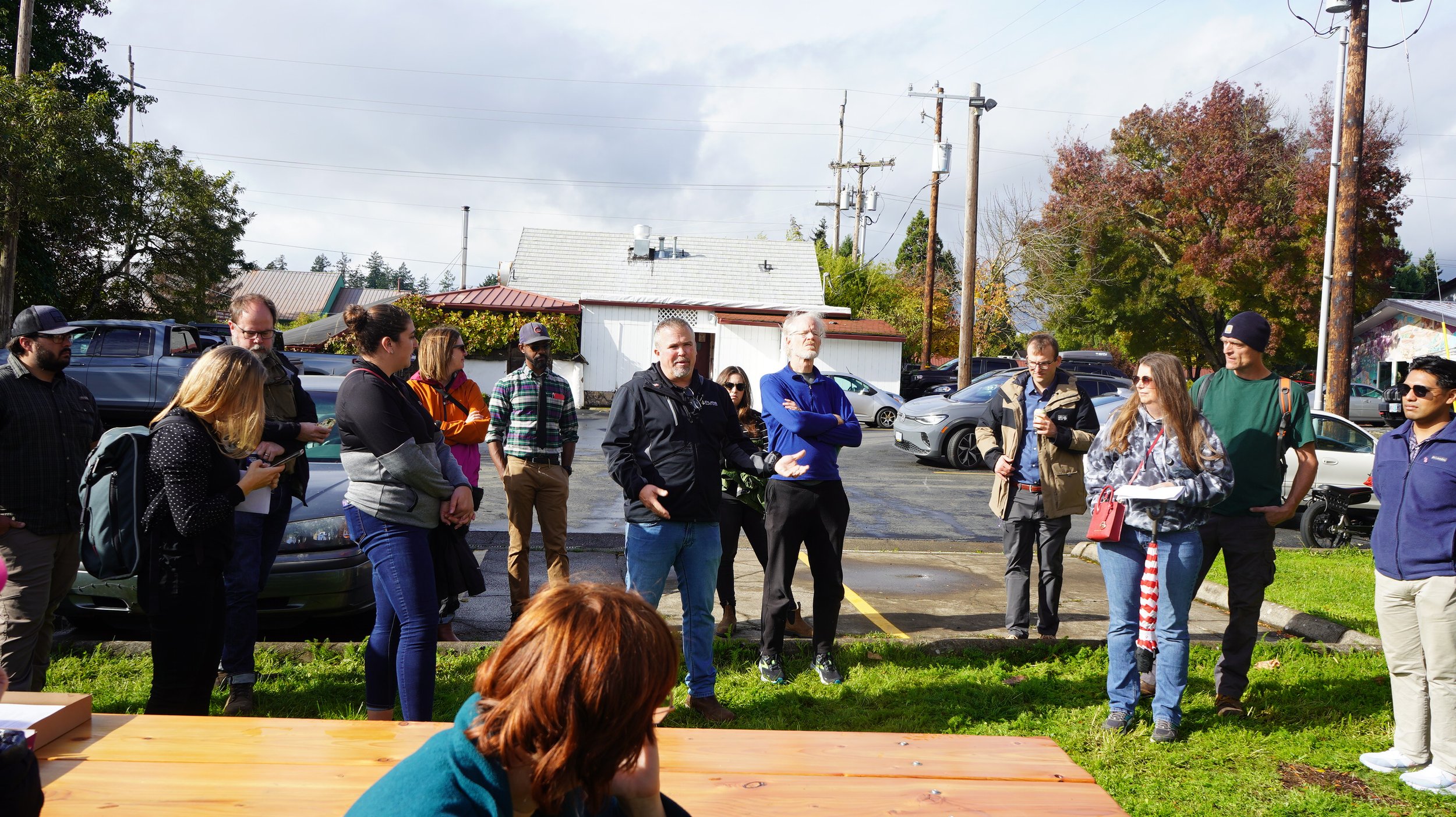
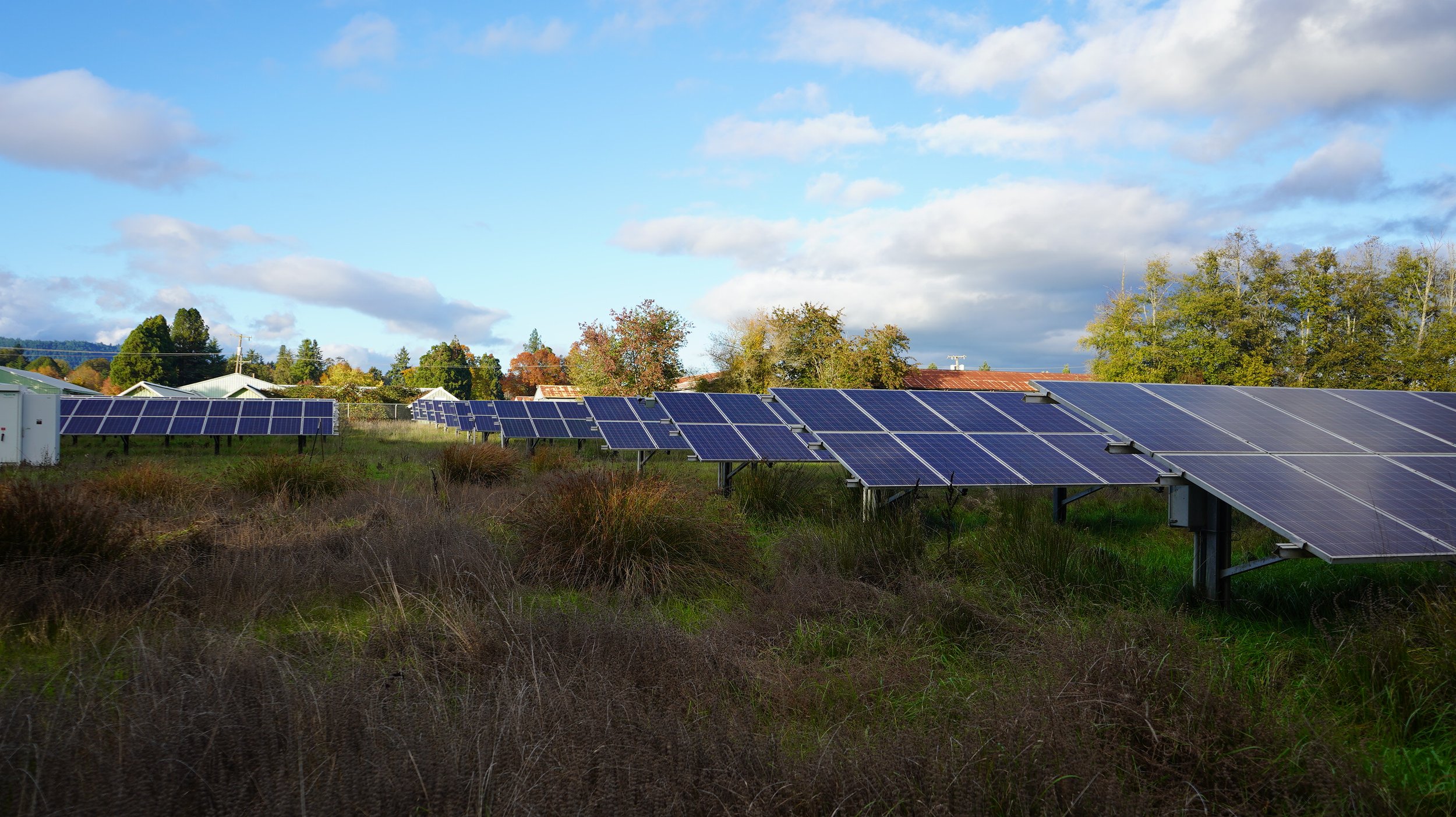
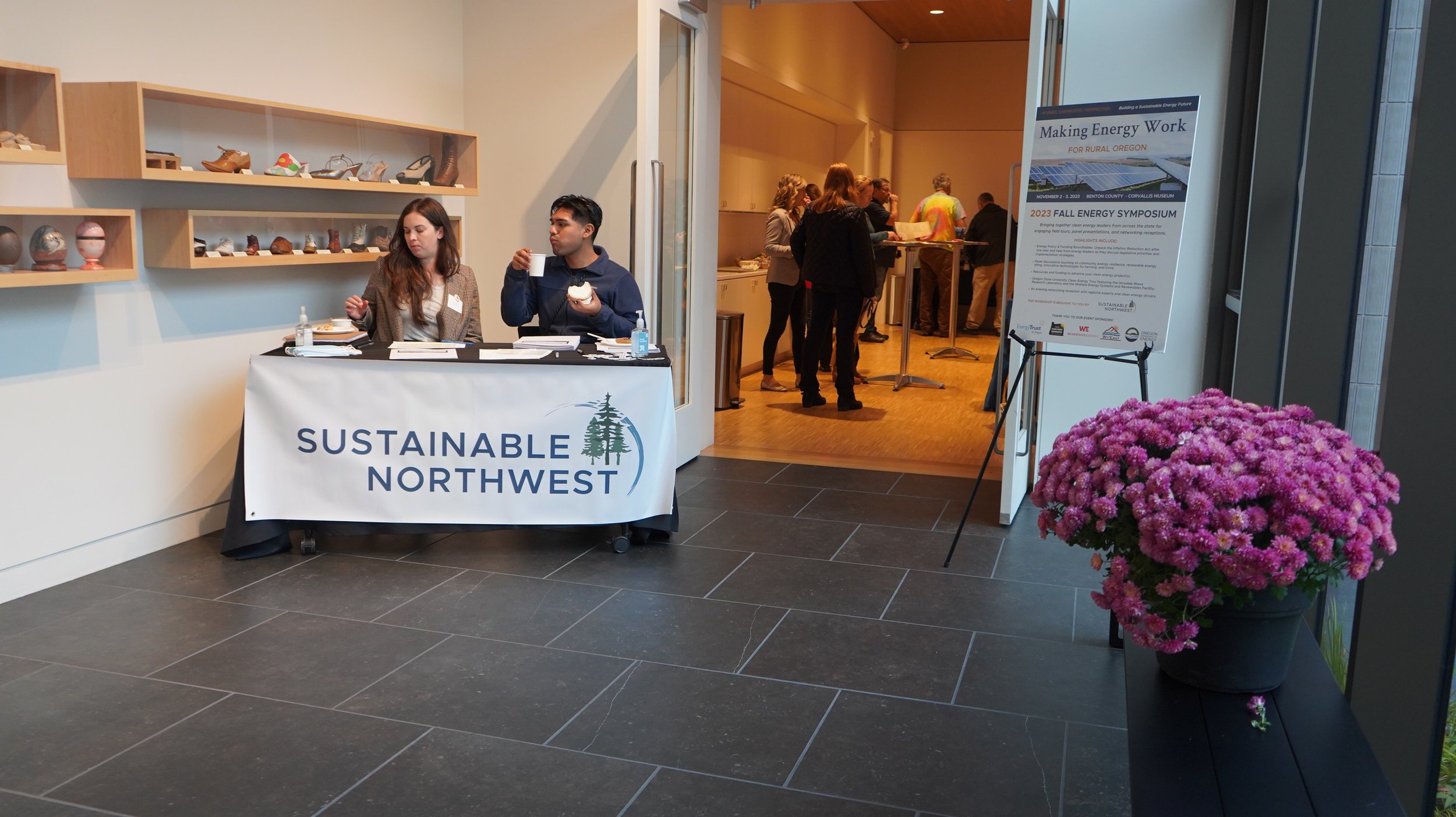
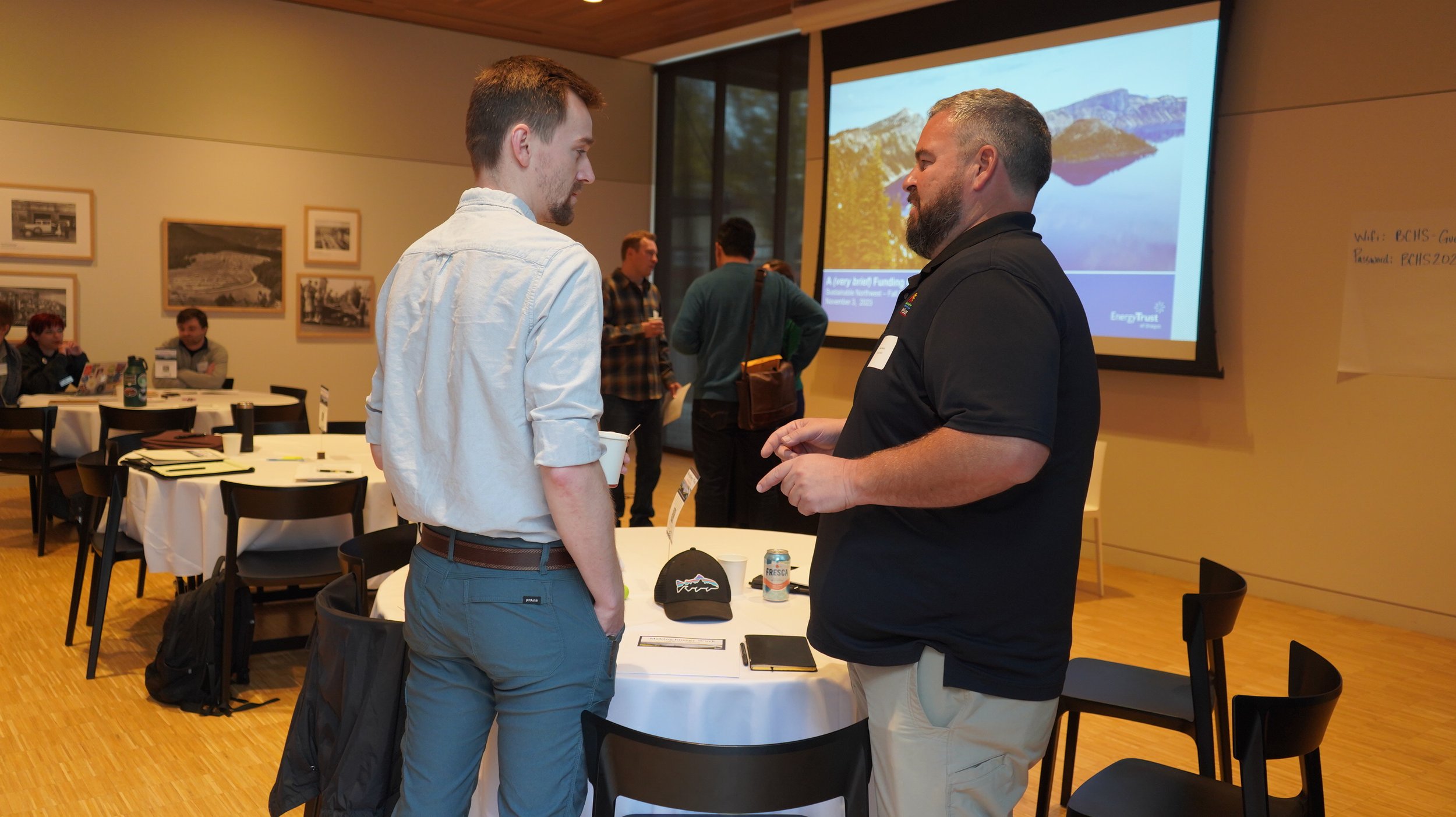

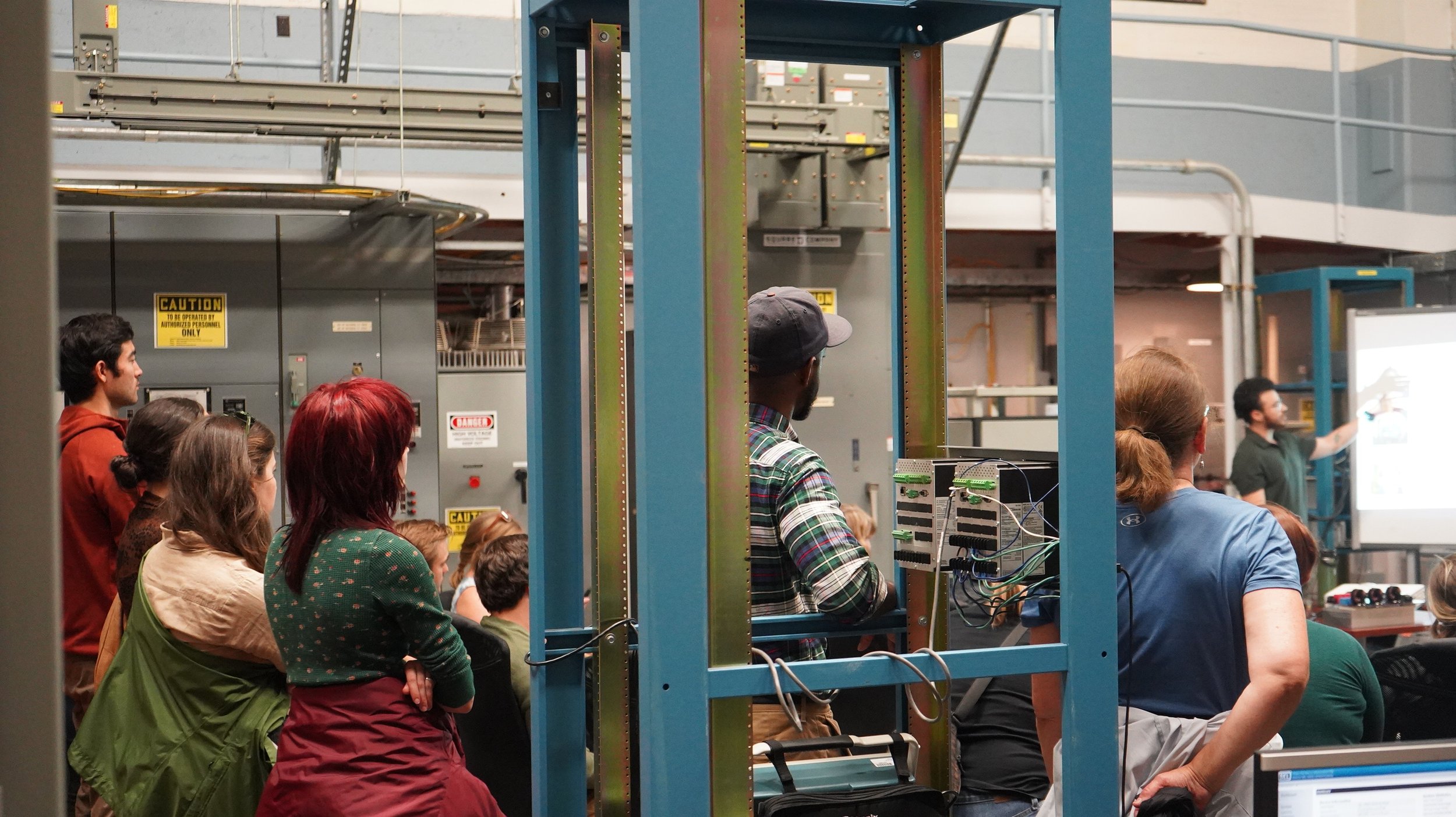
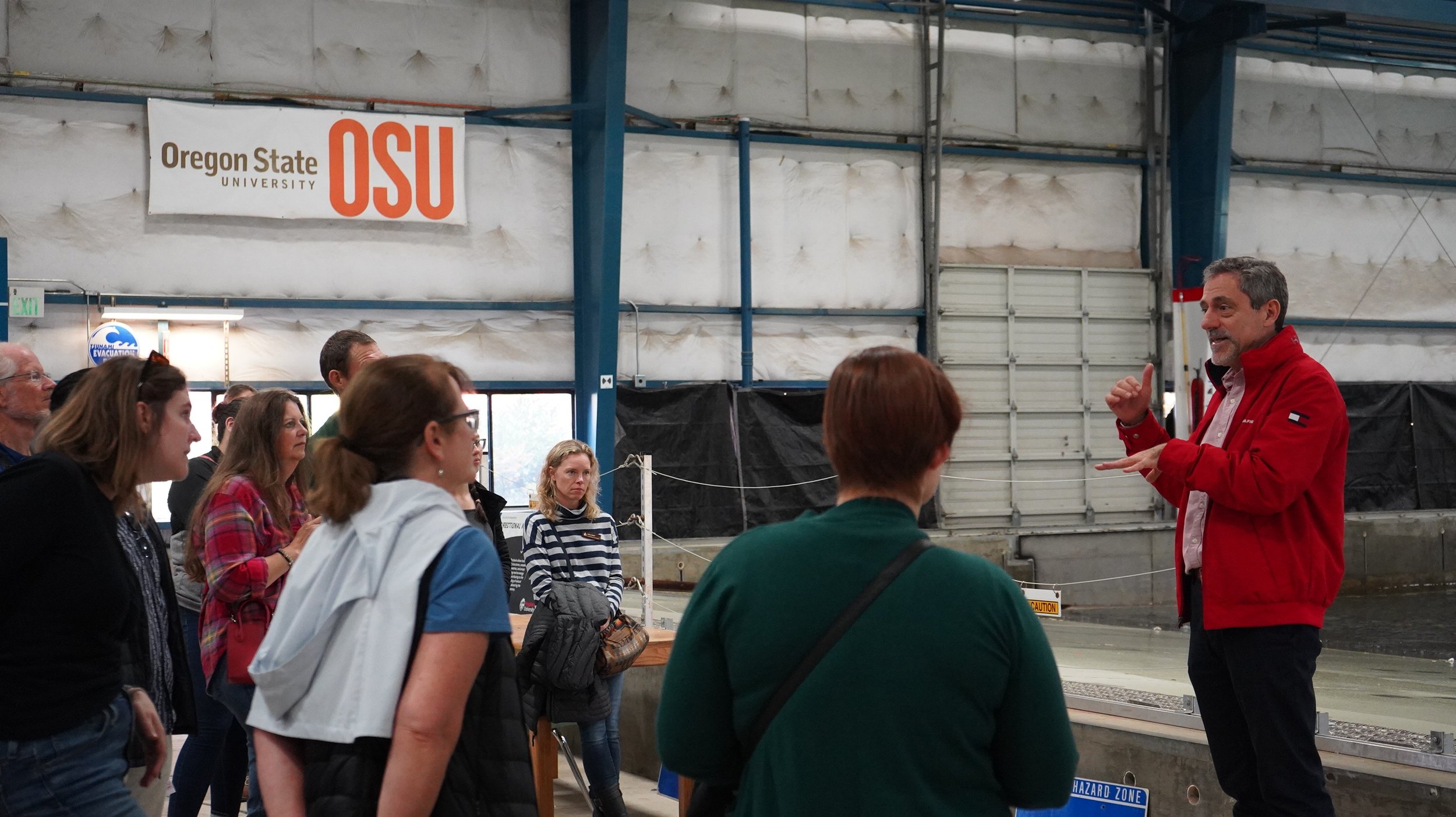

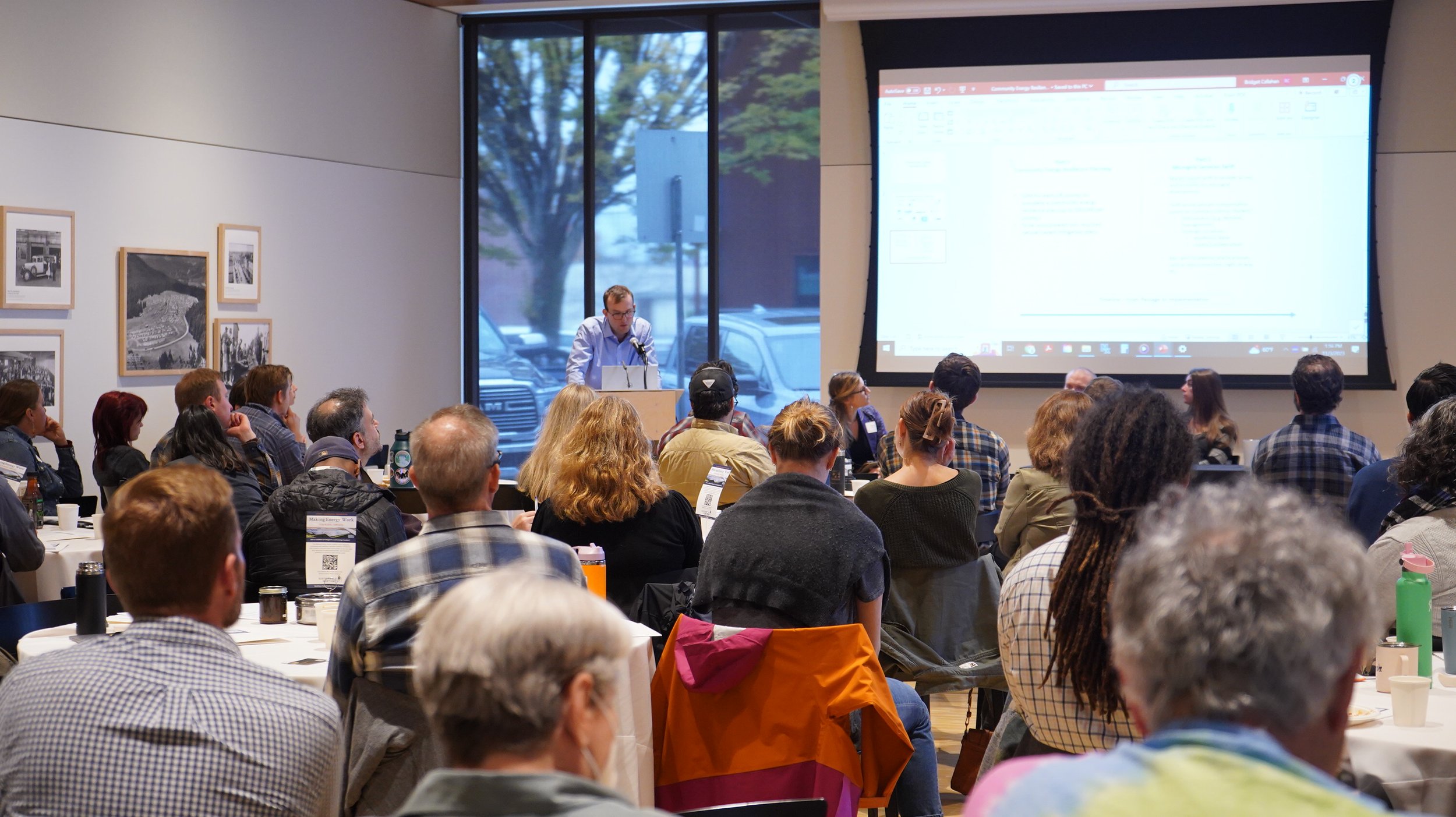
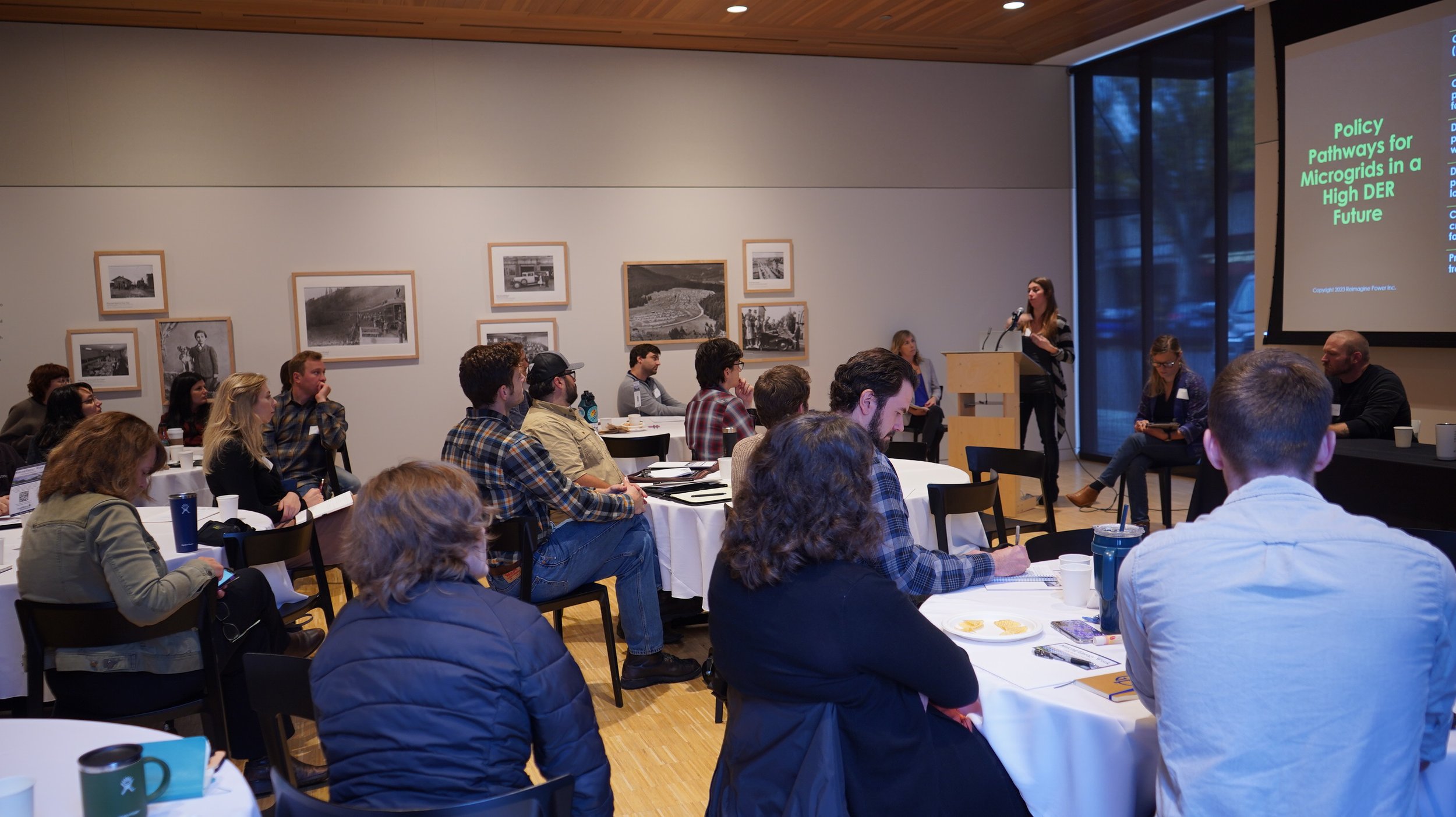
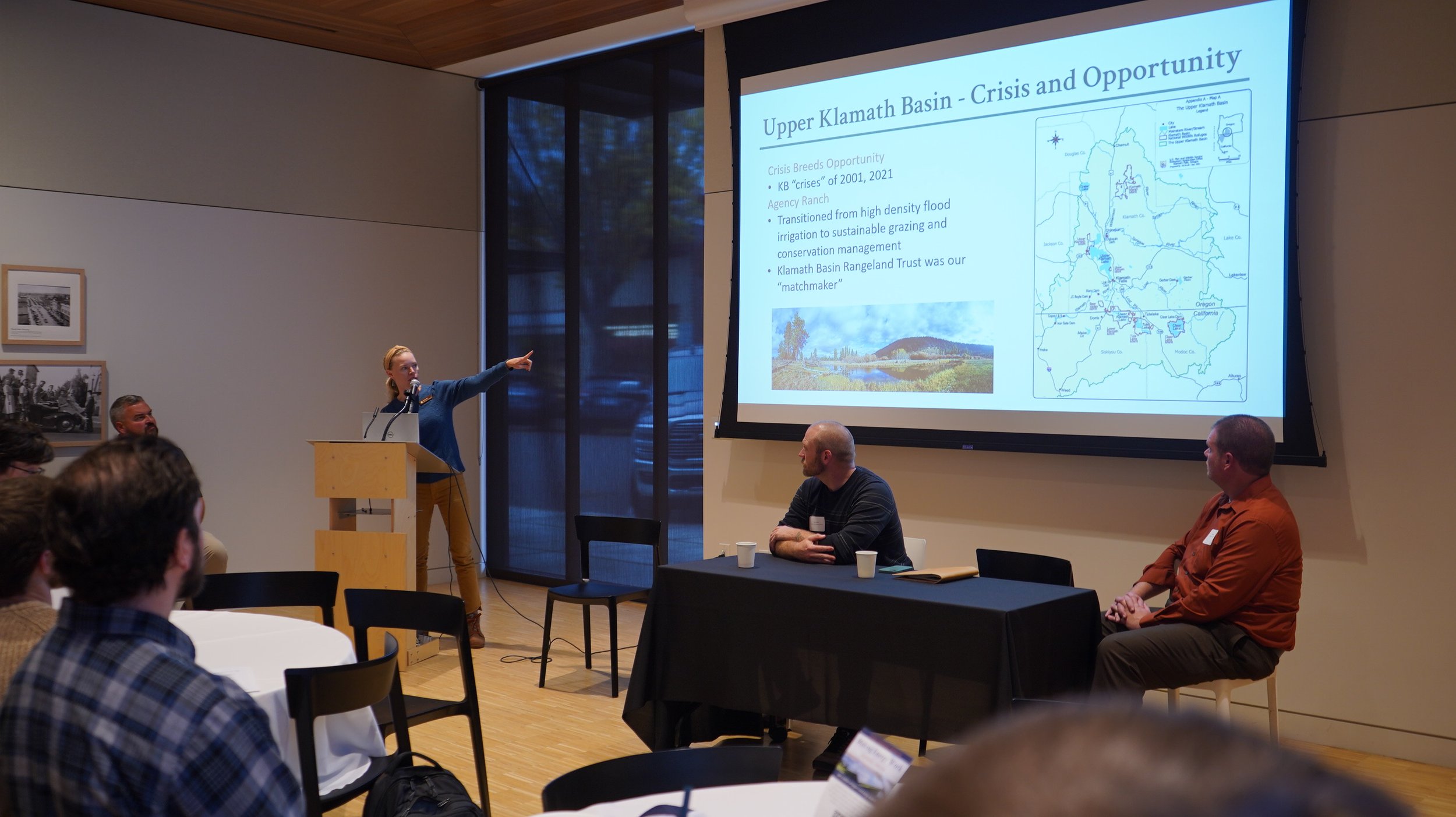
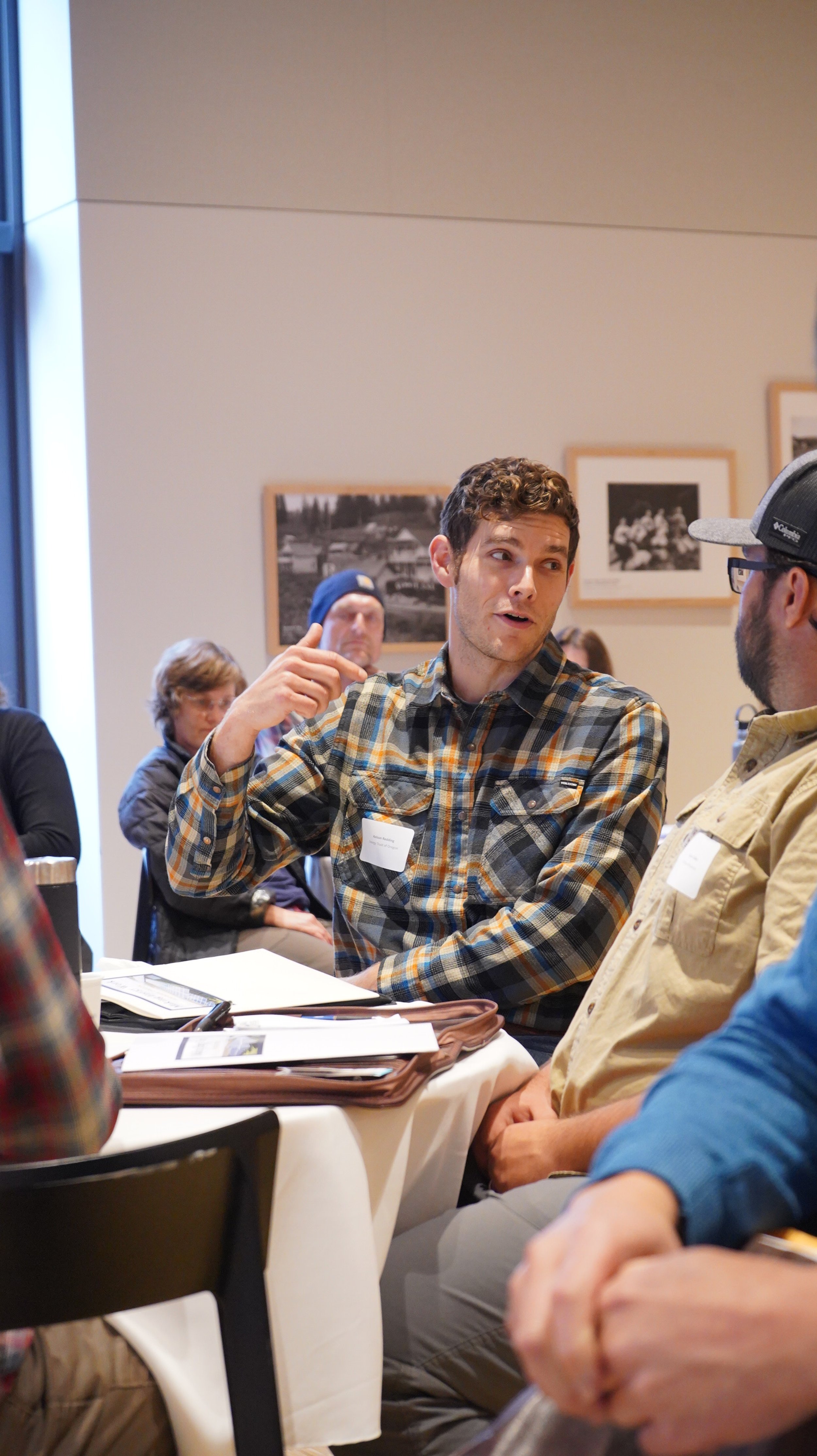
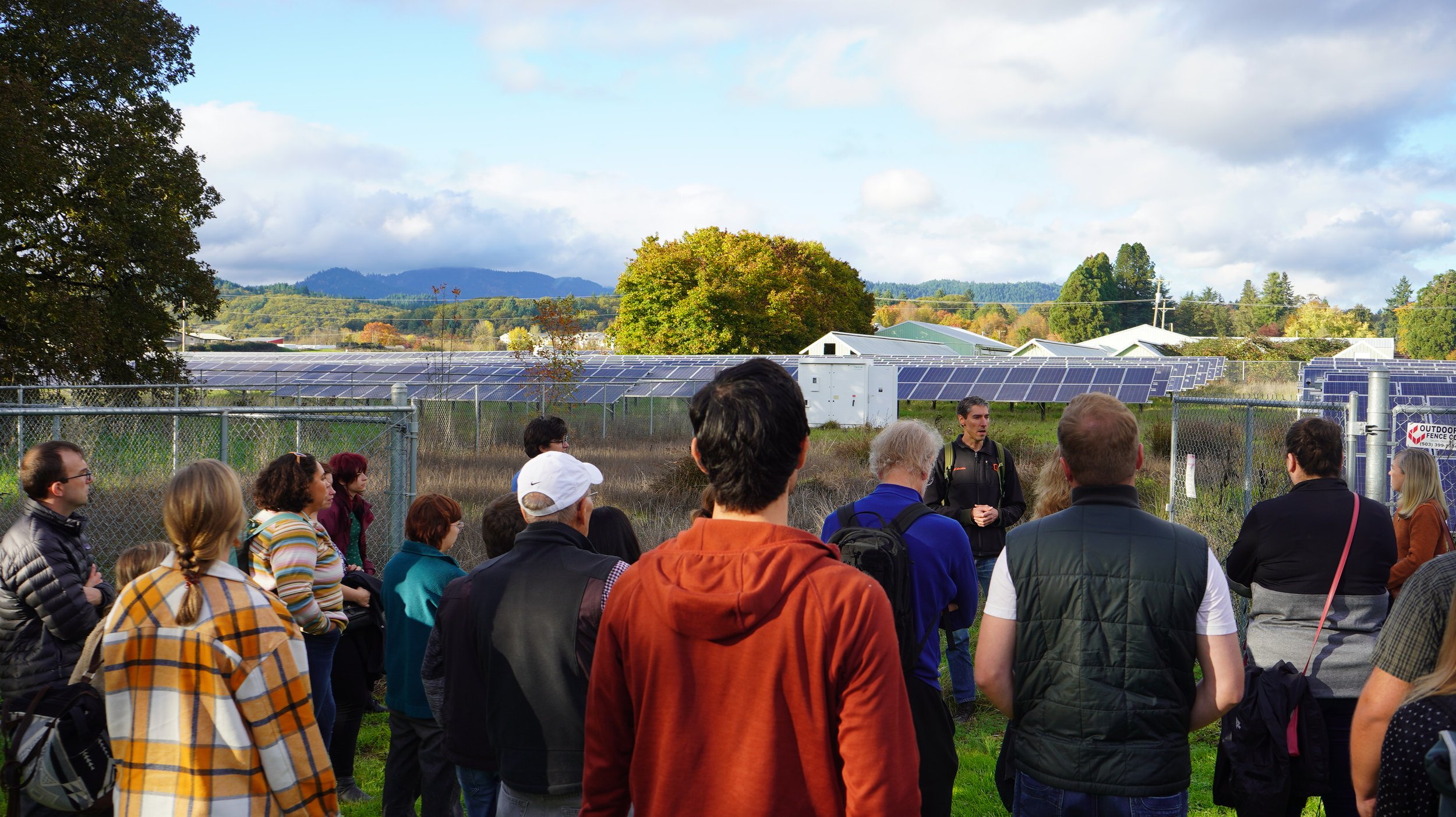

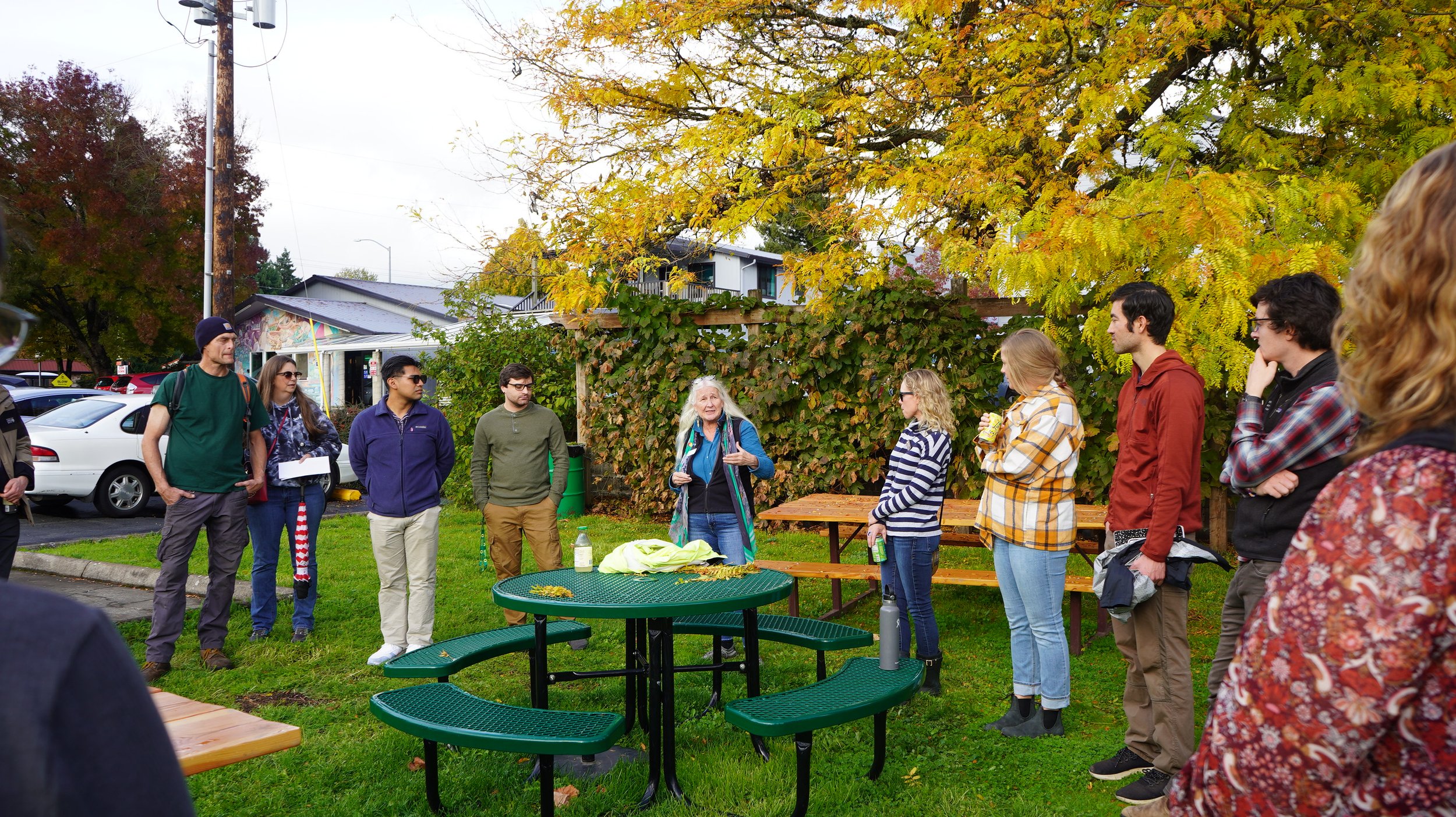
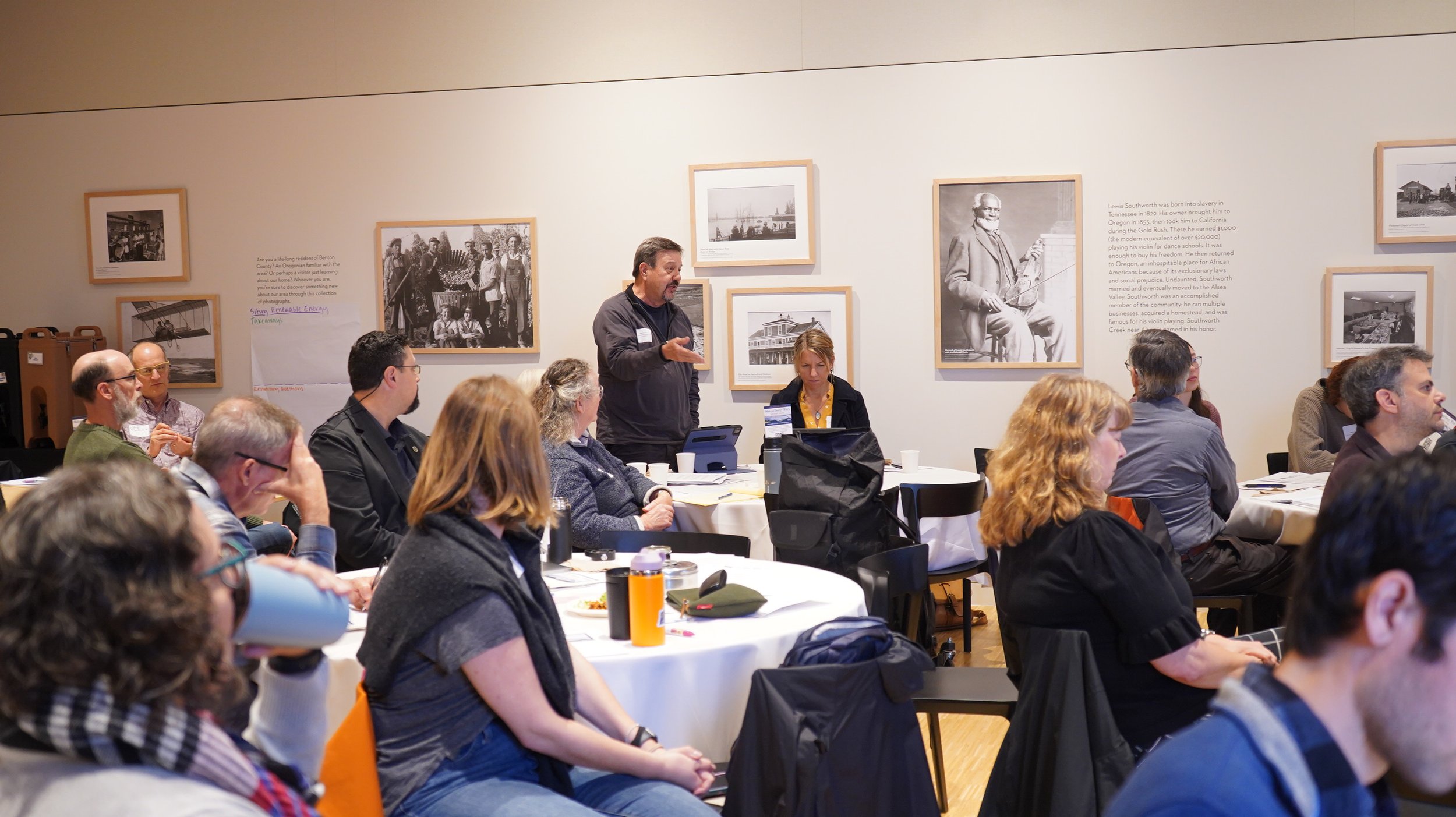
For more information, contact Faith Yorba
SNW Energy Program Associate
fyorba@sustainablenorthwest.org
